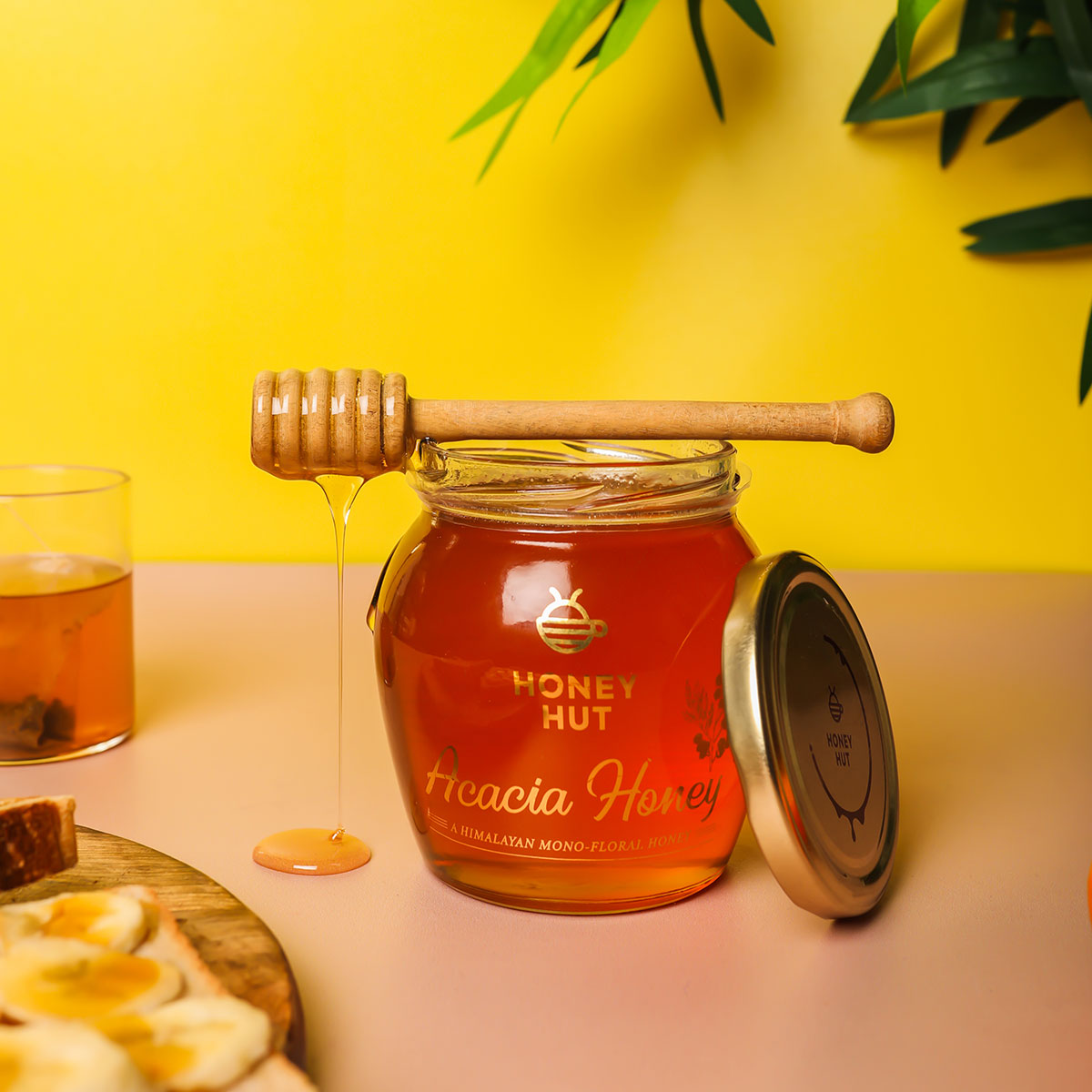Harvesting honey is a delicate and precise process that requires careful attention to detail and a deep understanding of bee behavior. Here are some key tips for successfully harvesting honey:
First, timing is critical when it comes to harvesting honey. Bees need to store enough honey to survive the winter, so it's important to wait until they have produced enough excess honey to safely harvest. This typically happens in late summer or early fall, depending on the region and the climate.
Second, the right equipment is essential for successful honey harvesting. This includes protective clothing to prevent bee stings, a smoker to calm the bees, a bee brush to gently move the bees out of the way, and a honey extractor to remove the honey from the comb.
Third, harvesting honey requires careful attention to hygiene and cleanliness. This includes sterilizing all equipment before use, using clean and sterile jars and containers to store the honey, and avoiding any contact between the honey and other substances that could contaminate it.
Fourth, honey should be harvested in a way that preserves the natural behavior and health of the bees. This includes avoiding over-harvesting, leaving enough honey in the hive for the bees to survive the winter, and minimizing disruption to the hive during the harvesting process.
Finally, harvesting honey is also an art form that requires careful attention to the flavor and quality of the honey. Experienced beekeepers can taste the honey and determine its quality based on factors such as color, texture, and flavor, and adjust their harvesting methods accordingly.
In conclusion, harvesting honey is a complex and fascinating process that requires skill, patience, and attention to detail. By following these tips and techniques, beekeepers can successfully harvest high-quality honey while also preserving the health and welfare of their bees. The end result is delicious, natural honey that is a testament to the art and science of beekeeping.










